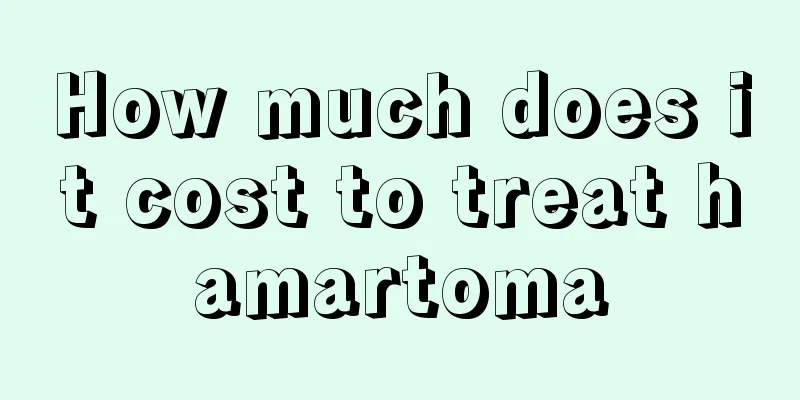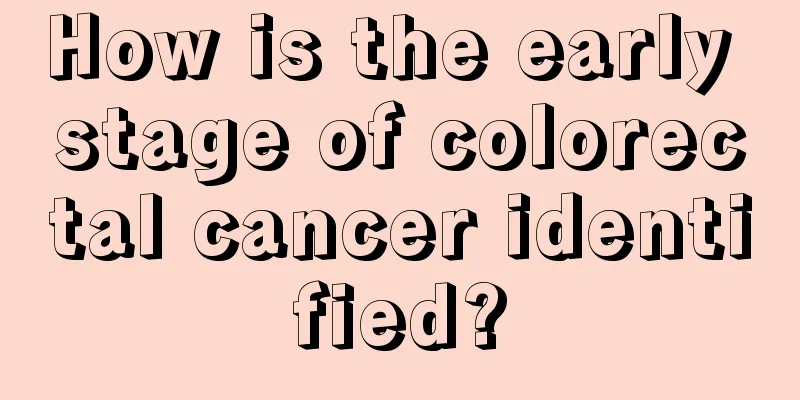Why is mixed cervical spondylosis the most common

|
Various types of cervical spondylosis are caused by the stimulation or compression of a certain tissue in the nerve root, spinal cord, sympathetic nerve or vertebral artery after cervical degeneration, disc herniation, osteophyte formation, etc., resulting in the corresponding clinical manifestations of impaired function of the tissue. But in fact, after cervical degeneration, in most cases, several tissues such as nerve root, spinal cord, sympathetic nerve or vertebral artery can be stimulated or compressed at the same time, so clinical manifestations of dysfunction of these tissues can appear at the same time. Clinically, patients with two or more types of symptoms and signs can be diagnosed with mixed cervical spondylosis. In practice, this type is the most common, because: (1) Nerve roots, vertebral arteries, sympathetic nerves and other tissues are closely related in anatomy. The posterior protrusion of the intervertebral disc can compress two or more tissues at the same time. For example, if the cervical nerve roots and sympathetic nerves are compressed at the same time, it is called sympathetic radiculopathy; if the cervical spinal cord and cervical nerve roots are compressed at the same time, it is called spinal radiculopathy. (2) Small osteophytes only compress one type of tissue, but when osteophytes grow larger, they can compress two or more tissues. Therefore, in clinical practice, we often encounter patients who initially only have symptoms of brachial plexus root involvement, such as neck, shoulder, and arm pain. After a few years, they develop symptoms of vertebral artery or sympathetic nerve involvement, such as dizziness and tinnitus. Although the symptoms of nerve root pain are mostly relieved in the later stage, the number of symptoms increases as the damaged tissue increases and is relatively fixed, such as the development from nerve root type to nerve root spinal type. (3) The cervical spine is constantly active, and the compressed nerve roots or blood vessels of cervical spondylosis are not absolutely constant. The anatomical relationship between osteophytes and compressed tissues can cause compression of tissues that were not originally compressed due to the movement of the cervical spine. Of course, it can also reduce or even relieve the compression of compressed tissues. Since compression lasts for a long time, degeneration reactions may occur, so even if the compression is relieved, the symptoms will not completely disappear. |
<<: How to follow up after liver cancer resection
>>: X-ray manifestations of advanced esophageal cancer
Recommend
What is the diagnostic process for prostate cancer
The development of prostate cancer also has its o...
What are the common symptoms of lung cancer? Three common general symptoms of lung cancer
We are not unfamiliar with lung cancer, because i...
Aortic dissection care and clinical manifestations
When the body develops arterial vascular diseases...
What are the benefits of using an electric toothbrush?
Nowadays, as electric toothbrushes become more an...
One ear makes a buzzing sound when I lie down
Tinnitus is an experience that many people have h...
How does Traditional Chinese Medicine understand primary liver cancer
In traditional Chinese medicine, primary liver ca...
How long does it take to boil zongzi in cold water
If you want to use cold water to cook rice dumpli...
High-intensity exercise
To maintain good health, moderate exercise is act...
Experts analyze common methods of treating liver cancer for you
Among the common liver diseases, liver cancer is ...
How long after getting the cervical cancer vaccination can I get pregnant
Cervical cancer vaccination is another name for t...
Is brown sugar yellow sugar?
When it comes to brown sugar, everyone is familia...
How to treat long-term diarrhea
Diarrhea is something that almost everyone will e...
What kind of water should I use for skin allergies
Skin allergies are common diseases in daily life....
Can early stage lung cancer be cured?
Can early-stage lung cancer be cured? 1. Lung can...
What are the hazards in the lives of patients with colon cancer
Everyone knows that colon cancer is a serious can...









